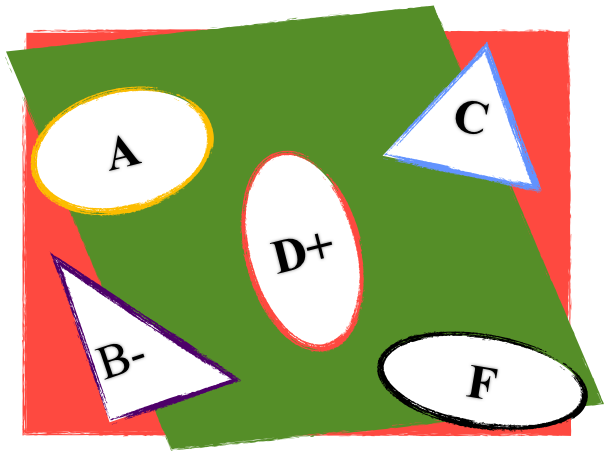A standards-based assessment is one based on the outcome-based education or performance-based education philosophy.
Assessment is an important part of the standards reform movement. The first part is to set new, higher standards to be expected of every student. Then the curriculum must be aligned to the new standards. Finally, the student must be assessed if they meet these standards of what every student “must know and be able to do”.
A high school diploma which is given on passing a high school graduation examination or Certificate of Initial Mastery is bestowed only when these standards are attained. At the end of the process of reform, education officials think that all students will be successful at a higher level. All will meet local, state and federal standards which have been set at world-class standards level for the 21st century, though no such standards document has ever existed. All will graduate reading and computing at or above grade level with academic skills necessary for success in college, though grade level is traditionally defined as the level of the middle 50th percentile. All gaps between all economic, racial, and gender subgroups must and will be closed, though research has yet to produce even one program that has achieved this optimistic goal.
A criterion is set up for standards of what every student or child is expected to know, and a score is set compared to these benchmarks rather than a ranking compared to a norm. It is fully expected that every child will become proficient in all areas of academic skills by the end of a period, typically 10 years but sometimes longer, after the passing of education reform bill by a state legislature. The federal government, under No Child Left Behind can further ask that all schools must demonstrate improvement among all students, even if they are already all over proficient.
Benefits
Students are compared to a standard that all can reach, rather than artificially ranked into a bell curve where some students must be called failures, and only a few are allowed to succeed
Humans, not computers can evaluate the entire significance of a response rather than imposing a strict right or wrong that is not open to interpretation
Free response uses and tests for higher order thinking, which is important in most new education standards.
Computer scored multiple choice tests have been shown to have deleterious effects for minorities, unfairly denying opportunities.
A criterion-based test is a test worth teaching to, unlike a multiple choice test.
Only a standards based test is aligned with standards based education reform, which is based on a belief that all students can succeed, not only a few.
Passing a 10th grade test and awarding a Certificate of Initial Mastery ensures that all students will graduate with the skills they need to succeed in the world-class economy of the twenty-first century.
Students will no longer be cheated by passing them on to the next grade without obtaining what every child at the grade level must be able to know and do.
No longer will schools yield graduates who cannot read their own diplomas.
When all students pass all standards, as is the central belief of standards based education reform, all students from all demographics will achieve the same test score, eradicating the mysterious achievement gap which has previously been shown to occur between all groups on all tests. However, as of 2006, no standards based assessment has yet attained this optimistic (critics might call it impossible) goal, though many show rising scores.
